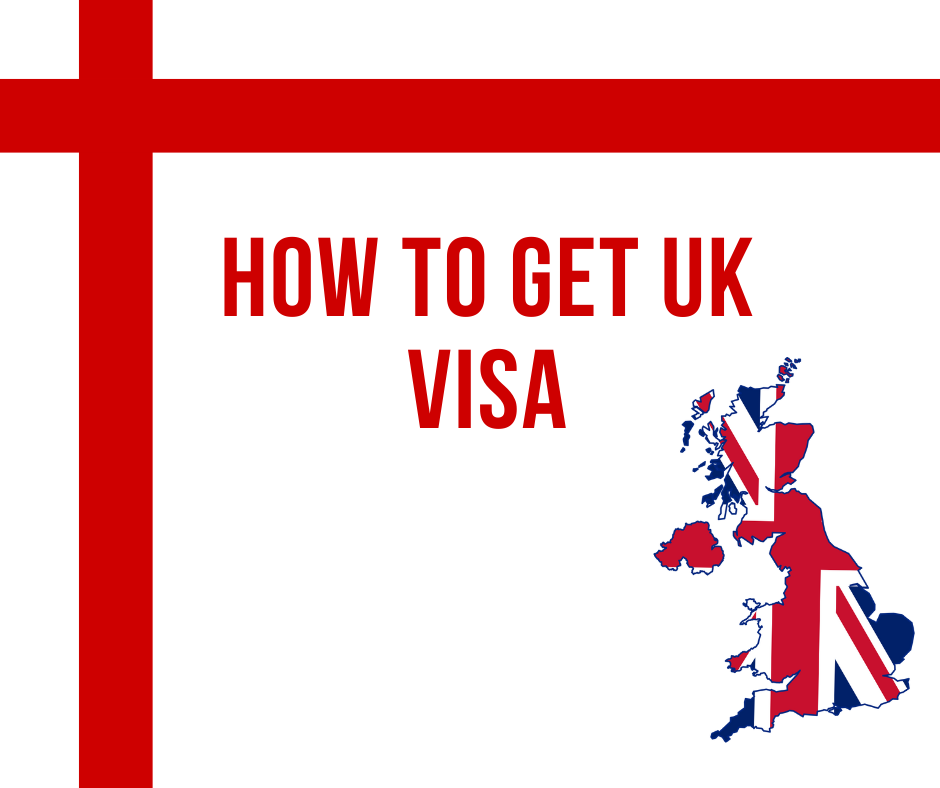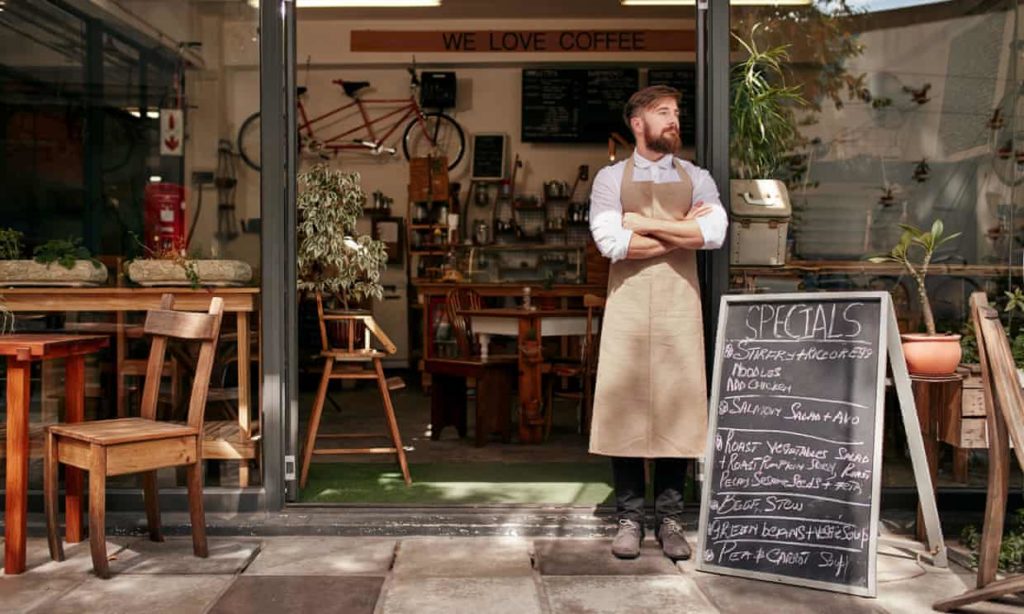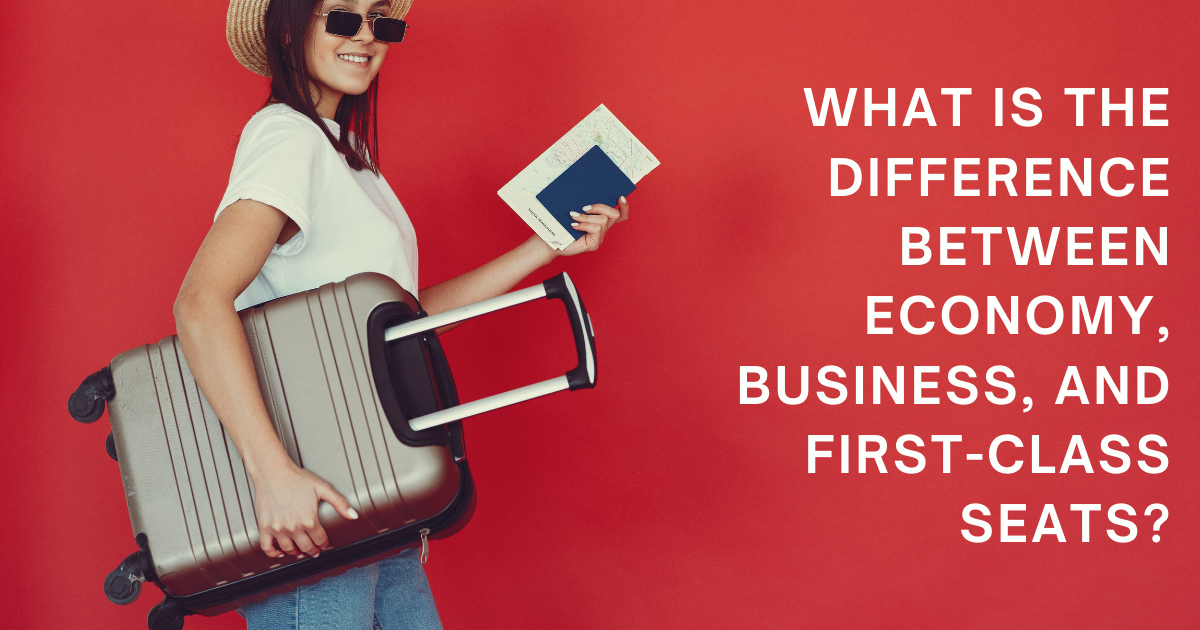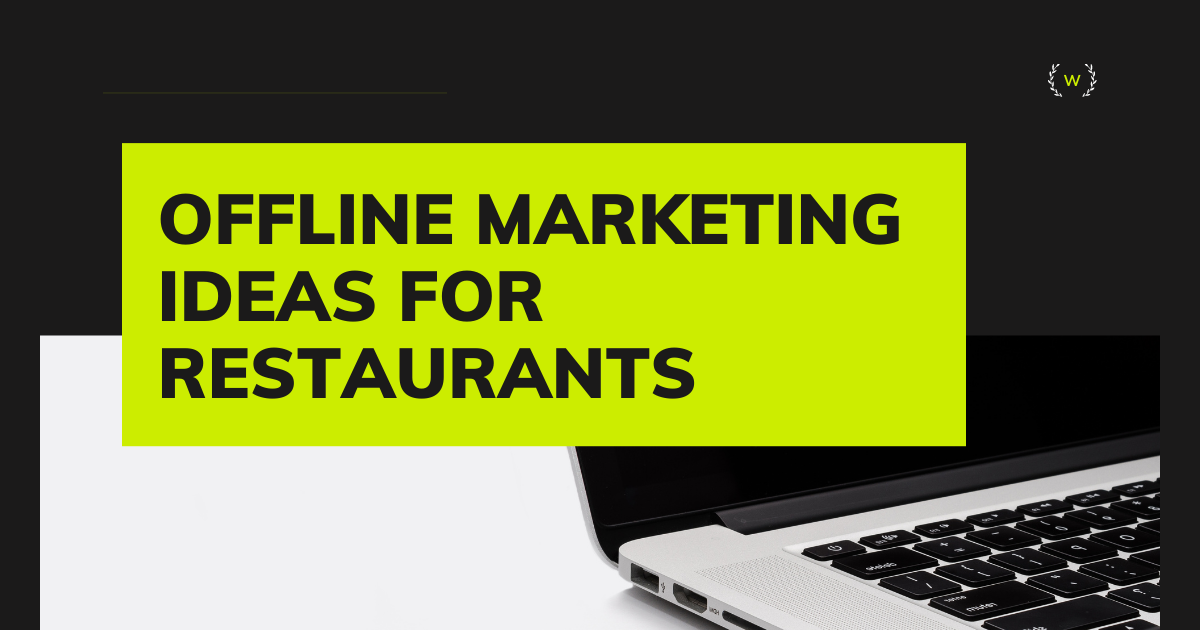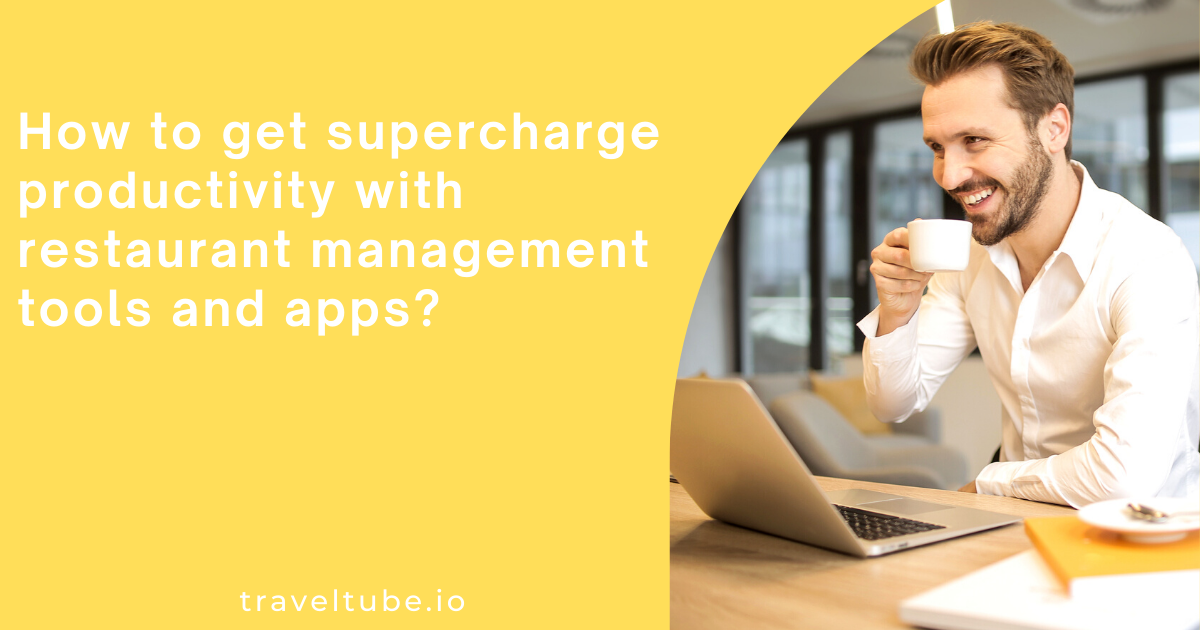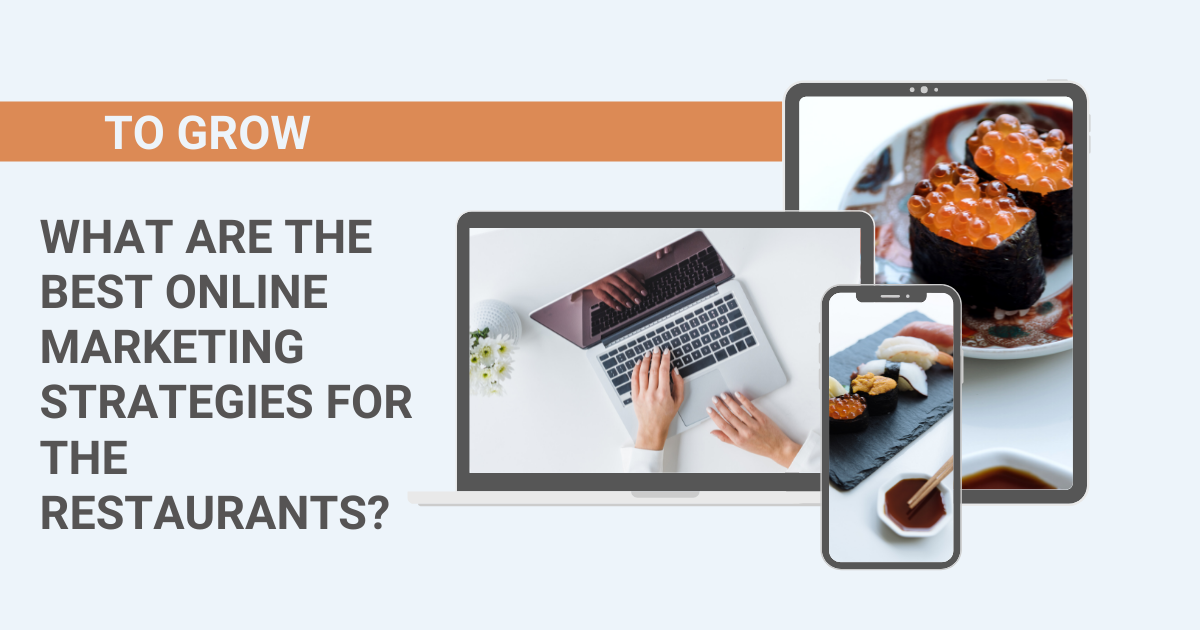TRAVEL FOR FREE
Today, with the increase in air ticket prices, accommodation prices and basic needs, traveling has become very costly. Therefore, travelers want to minimize their travel expenses or even do it for free if possible. In this article we will give information to travel for free with the following options:
Look for Work Exchanges: There are many employers that offer free housing for short-term or even long-term stays in exchange for work. You can HelpX, helpStay, and Workaway for thousands of opportunities worldwide to stay for free in exchange for your services.
Volunteer With Short-Term Volunteer Organizations: Organizations such as Go overseas or idealist are offering to work ranging from teaching English to building infrastructure.
House-Sit or Pet-Sit: House sitters can stay in homes where pets live for free of charge. All that needs to be done for this is to take care of pets.
Travel to ‘The Old Country’ for Free: Some countries offer root research programs for visitors to visit their ancestral home. You can do some research on private or government funded programs and while you’re there you can stay for free and potentially even afford your airfare.
Transport a Car or RV: Car and RV dealerships or car rental companies sometimes hire people to drive cars to a different destination. Rental companies often find themselves with too many cars in one destination and want to move them to an area where rentals are more in demand. The trick with these jobs is getting a car that’s going where you want to go at the right time. For this you can get a free road trip and some money.
Freelance Photographer: If you love taking pictures, why don’t you make the most of your skills and being paid for it? Breaking into freelance photography is no easy, feat but it’s totally possible if you have perseverance and work at honing your craft every day. You can sell your photos to the media, magazines and some websites and it is possible to get around 0-5000$ for a month.
Make Money Blogging: One way to make money while traveling is to create a blog. You can share your experiences while traveling here, you can give travel tips for the audience. Once you reach a certain audience, you can receive ads as well as serve those who want to travel. Also, some hotels, restaurants can give you free options. Before creating a blog, you need to have a basic knowledge of marketing and media.
By participating in these and many other programs, you can travel for free and even earn money.

